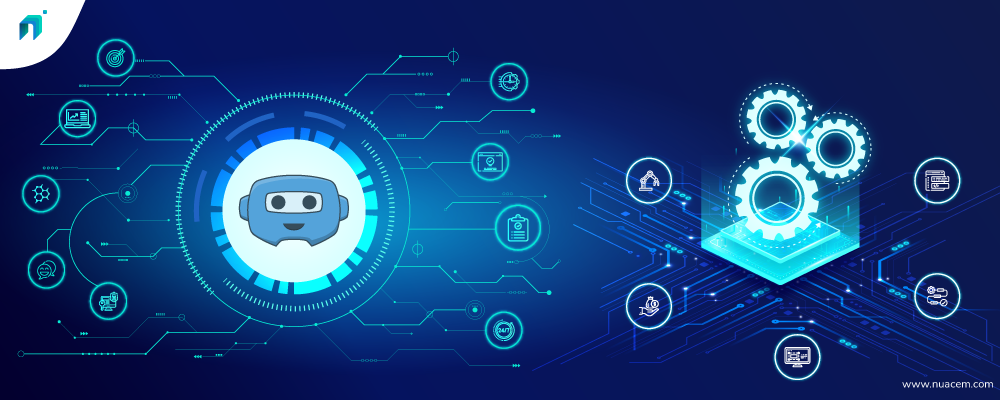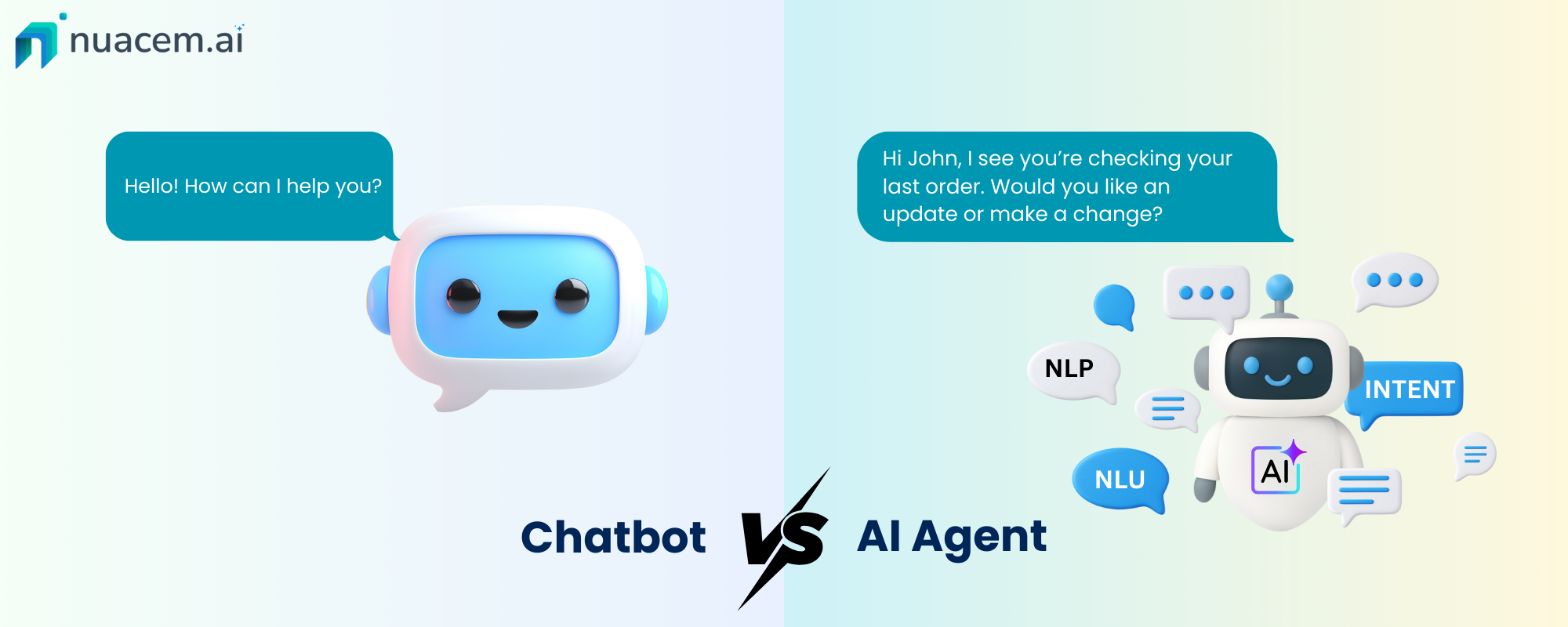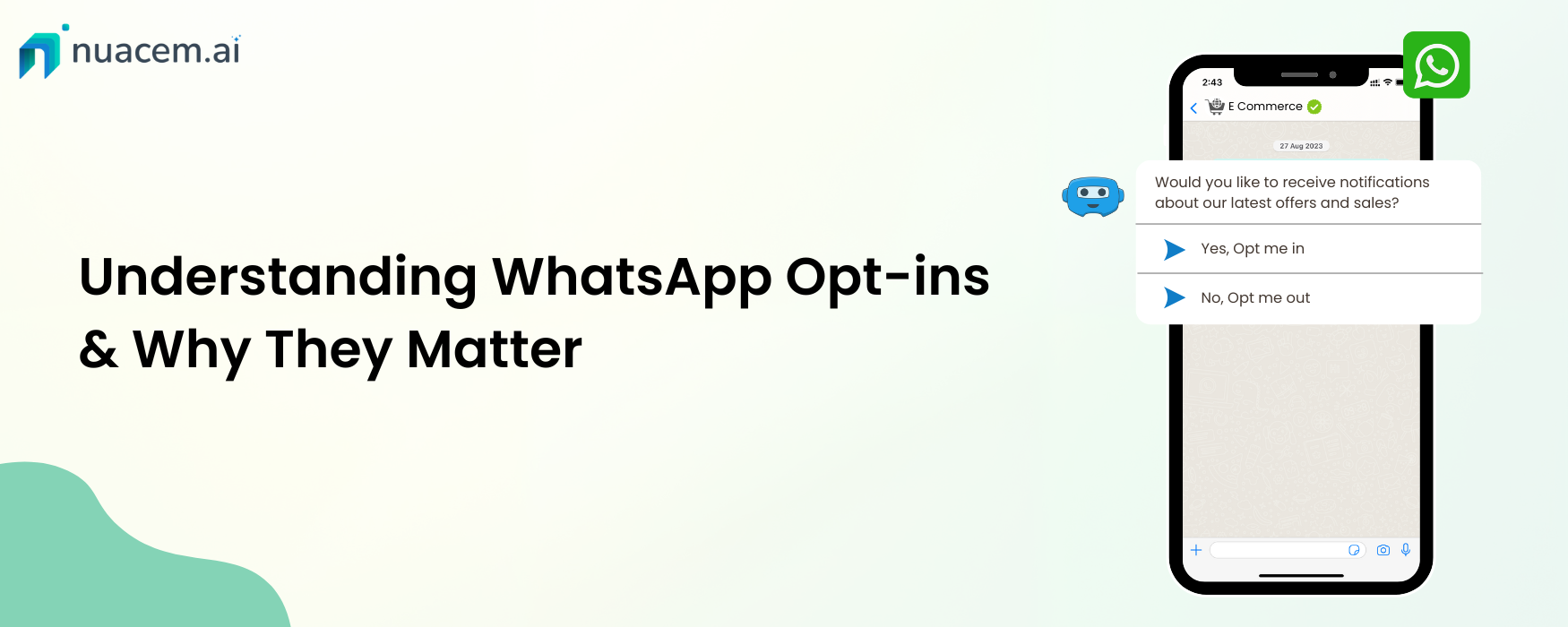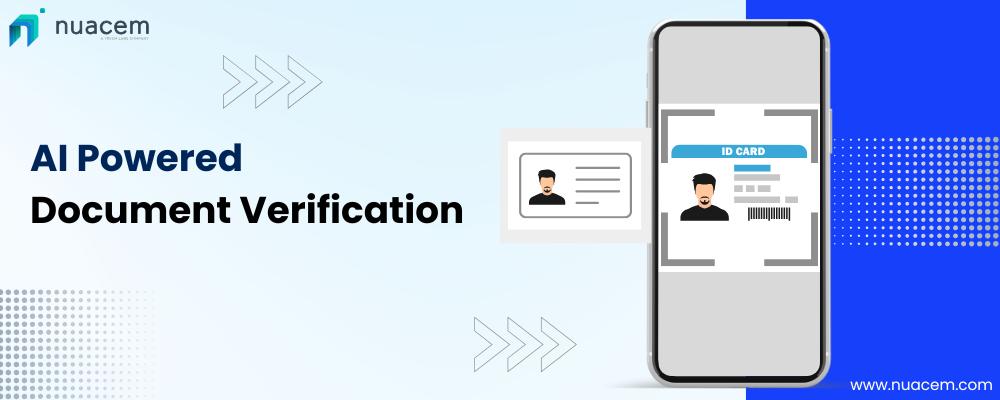Many Business organizations typically involve a lot of repetitive tasks. With automation technologies becoming mature and accessible plus due to the recent rise of pandemic there is an upward trend in digital transformation and process automation
Highlights:
- Growing needs of Automation in Business
- What is Digital Process Automation?
- What is Robotic Process Automation?
- Digital Process Automation Vs Robotic Process Automation
- Popularity & Usage
- Ease of Use
- Pricing
- Popular Tools
- What should you use
- Reduction in Cost
- Efficiently integration of Humans and Robots
- Easy compliance
However, when people give a first glance into automation, they might be overwhelmed with a lot of options to take. Particularly, there are two popular ways of automation, Digital Process Automation (DPA) and Robotic Process Automation (RPA) which confuse a lot of people.
In this article, we will explain what is RPA, what is DAP and compare them on various grounds. Finally, you would understand that they complement each other and organizations can get a lot of value by
But before that, let us understand the general context of both RPA and DPA — Automation.
Growing needs of Automation in Business
Automation in business does not necessarily mean only executing certain actions that do some real world work automatically, it also includes various data collecting processes which help for better decision making. It might also involve speaking with customers in various customer channels.
Not only do they help in using resources efficiently, but also do not contain risks that inherently come with human error. These systems are capable of working round the clock and constantly provide service without fail.
Technologies today are so well developed that they can automate many areas of business and do something much of all businesses want — reduce costs and increase profits. While there has generally been a drive for digitization and automation of businesses for years, the recent pandemic has certainly increased that drive many times!
What is Digital Process Automation?
Digital process automation can be said to be an evolution of Business Process management. As such, Digital Process Management is concerned about digitizing your business processes and keeping them in a uniform system. By having them under the same umbrella, Digital Process Automation streamline workflows and provides an holistic improvement in business process management.
What is Robotic Process Automation?
Robotic Process Automation is using software robots to carry out certain tasks. They typically take over mundane and repetitive tasks that do not involve huge intelligence. Speaking about intelligence, much of RPA does not involve artificial intelligence at all, because rules are specified while robot creation.
Not only performing menial tasks, there also exist various RPA chatbots that can provide conversational experiences.
Digital Process Automation Vs Robotic Process Automation
By now you may have already understood that they differ in use cases — While RPA is highly focused on creating robots that perform tasks that are done by humans, DPA digitizes general business workflows and automates them.
Let us now compare RPA and DPA on various grounds:
Popularity & Usage
Both RPA and DPA are highly popular and used by a lot of organizations. However, when we see their market values now, DPA is more valued than RPA. In 2020, the market of Robotic Process Automation was valued at $2094 million and in the same year, Digital Process Automation was valued at $7.8 billion.
This value of RPA is expected to grow to $9416 million by 2026 and DPA to the value of $16.12 billion by 2026.
Ease of Use
Both RPA and DPA offer low code visual development platforms on which you can specify what you want in a flowchart like fashion and develop many use case applications easily.
Apart from logic, specifying actual work is not hard too… RPA has macro recording available which means that once you do something while recording macro, the RPA system understands what you have done and can repeat it again…!
Pricing
Calculating pricing for implementation of RPA and DPA is slightly tricky because there are a lot of ways of using them. That is, different organizations take up different levels of automation and pay accordingly.
However, when compared generally, RPA tools cost more than that of DPA.
Popular Tools
Both RPA and DPA have rich ecosystems and vibrant communities. UI Path is one of the most popular tools for RPA. Other famous tools for RPA include Blue Prism, Automation anywhere, Contextor. Popular tools for DPA include Pega, Quixy, Nintex Promapp. Tool Pega can also be used for RPA.
What should you use?
To say in one word, use both!
As we have already discussed, it is beneficial to include automation in as many spaces as possible.
So, to say simply, As RPA and DPA provide automation over various business processes and tasks, there would be a lot of
Here are benefits you get when you implement both RPA and DPA:
Reduction in Cost
As RPA and DPA automate a lot of tasks, ultimately they reduce the need for more people for work and help existing employees be more efficient and be focused on important tasks. Return of investment would be high for implementation of RPA and DPA.
Efficiently integration of Humans and Robots
While RPA solutions are great in themselves of orchestrating themselves, combining RPA with DPA would deliver enterprise wide solutions in co-ordinating work between software robots, systems and people.
Easy compliance
With RPA and DPA working exactly as specified, there would be little worry as to whether work is going on with regards to best practises. Another bonus point is that they demand processes to be well defined which will help a lot in audit.
Final Words
Both Robotic Process Automation and Digital Process Automation are at the forefront of Digital transformation of business.
While the intent of both is to automate various aspects of businesses, both of them differ in working. RPA is concerned more about automation of tasks in business and DPA is concerned about Process Automation of entire business workflows. They both are complementary to each other and provide best use when implemented together.
Technology is getting better and better and growing accessible too. So, if you haven’t yet got these in your business, we recommend you to implement them!






